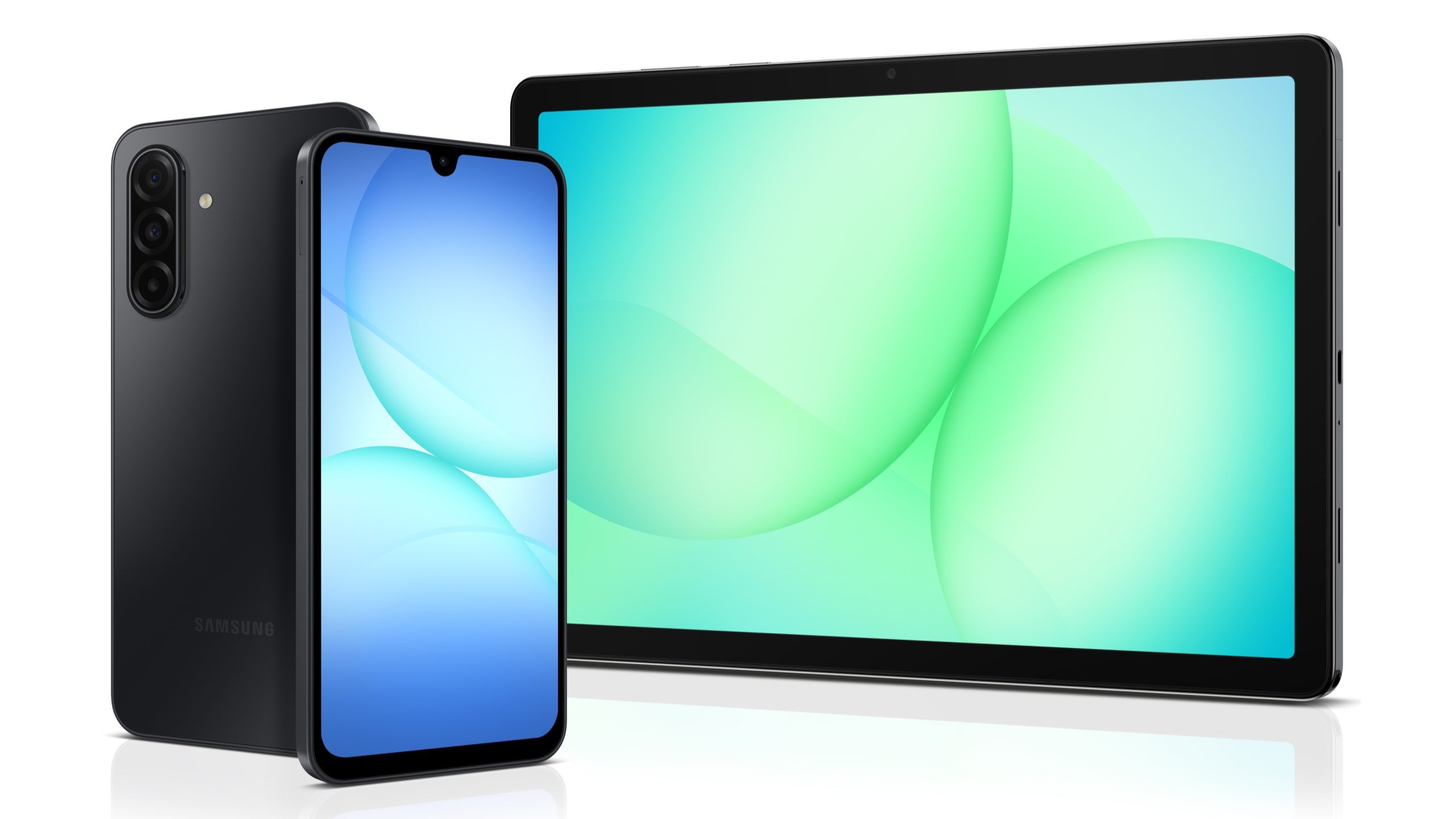Samsung changed the Galaxy Watch 8 Classic's rotating bezel, and it's mostly good news
Watch 6 Classic owners should like the Watch 8 Classic's ridged steel bezel for its style, but maybe not for its feel.
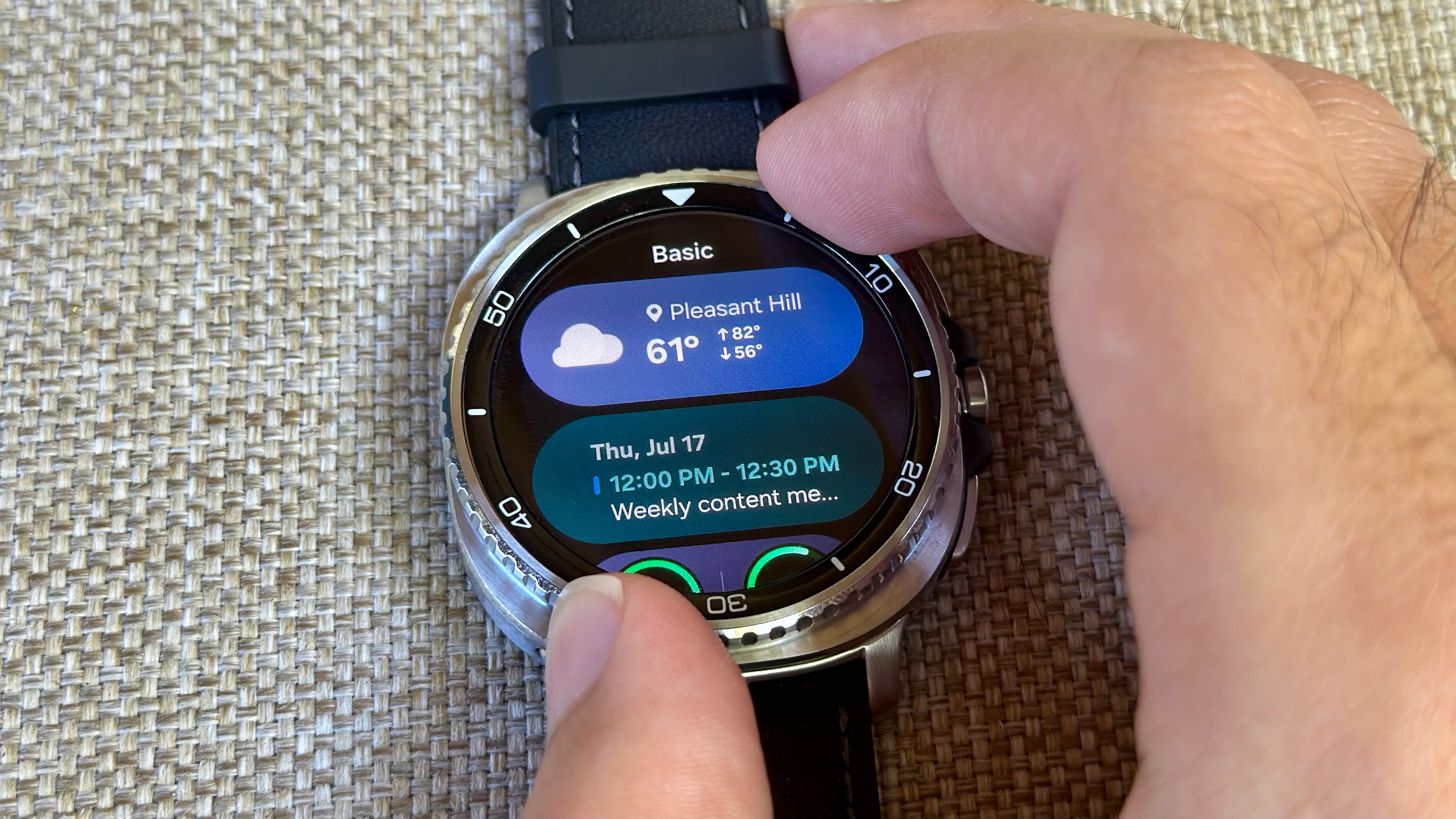
The Galaxy Watch 8 Classic has a few perks over the Watch 8 to justify the extra $150, but it mostly boils down to stainless steel style and the physical rotating bezel. Since style is subjective, I'll focus on the more quantifiable second perk: Is the rotating bezel worth it, and will you like how Samsung changed it?
Both the Galaxy Watch 6 Classic and Watch 4 Classic had rotating bezels around their displays, hearkening back to the original Tizen OS Galaxy Watch design. Physical controls define the "Classic" experience as much as the retro chic; it's why so many Samsung watch fans skip alternating years to avoid the mainline models' digital bezel.
I'm thrilled to have swapped back to a Classic design after using the Galaxy Watch Ultra for a year, even if it meant losing battery life for exact controls. But there's one change to the bezel that's more about looks than utility, to which Classic veterans will have to adjust.
The Galaxy Watch 8 bezel is different from its predecessors
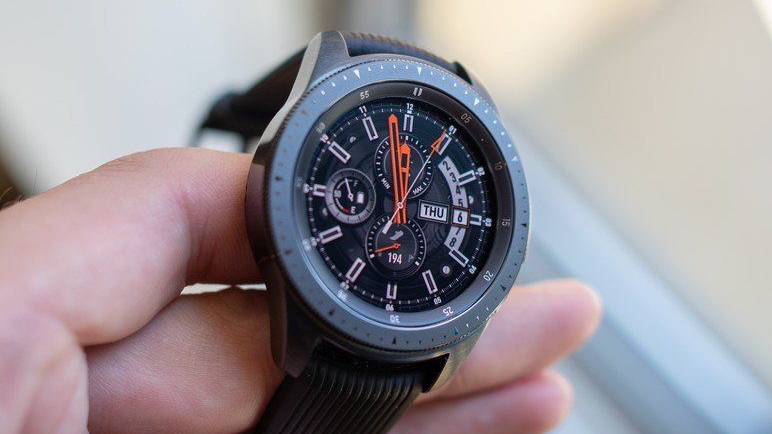
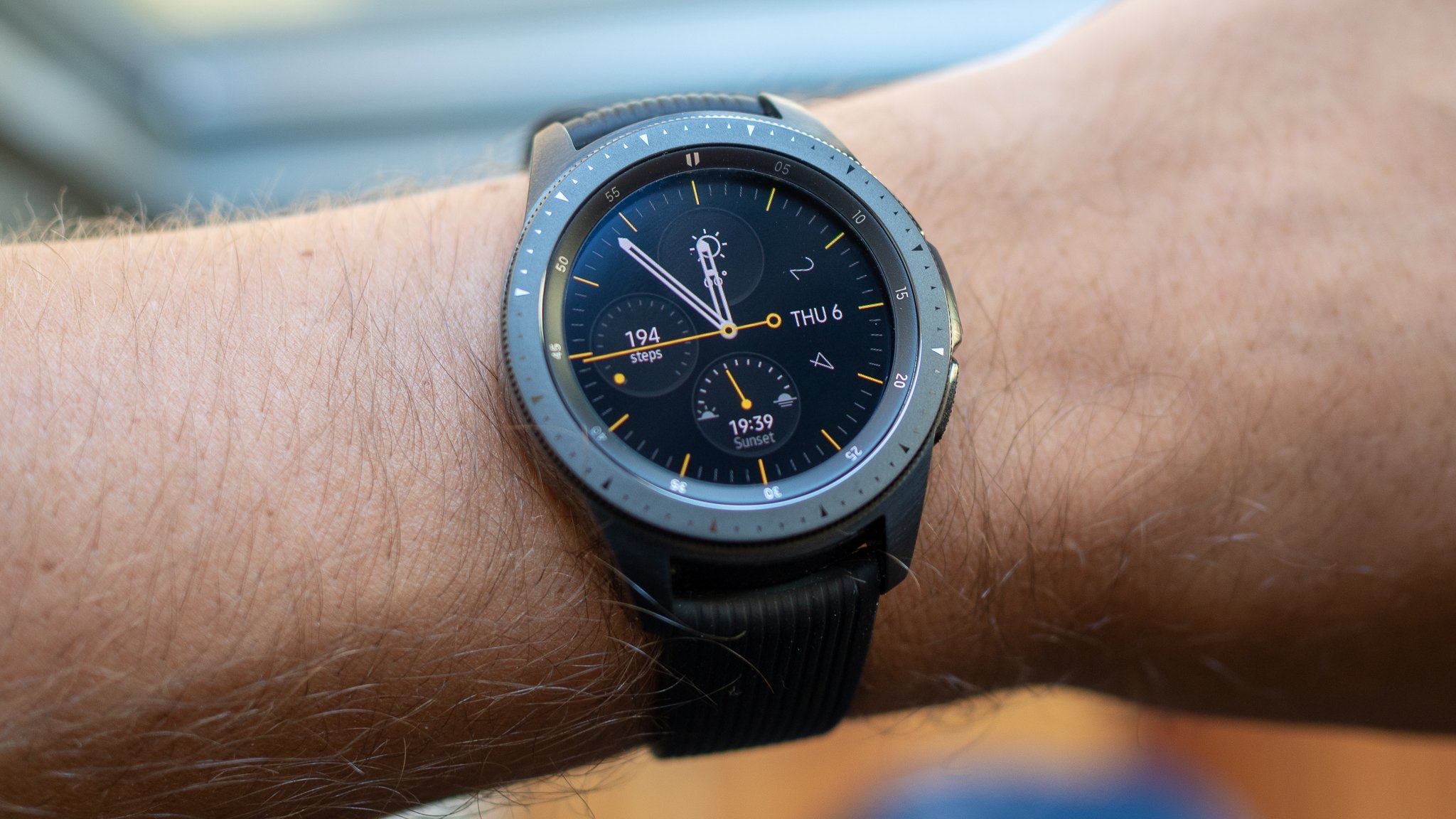
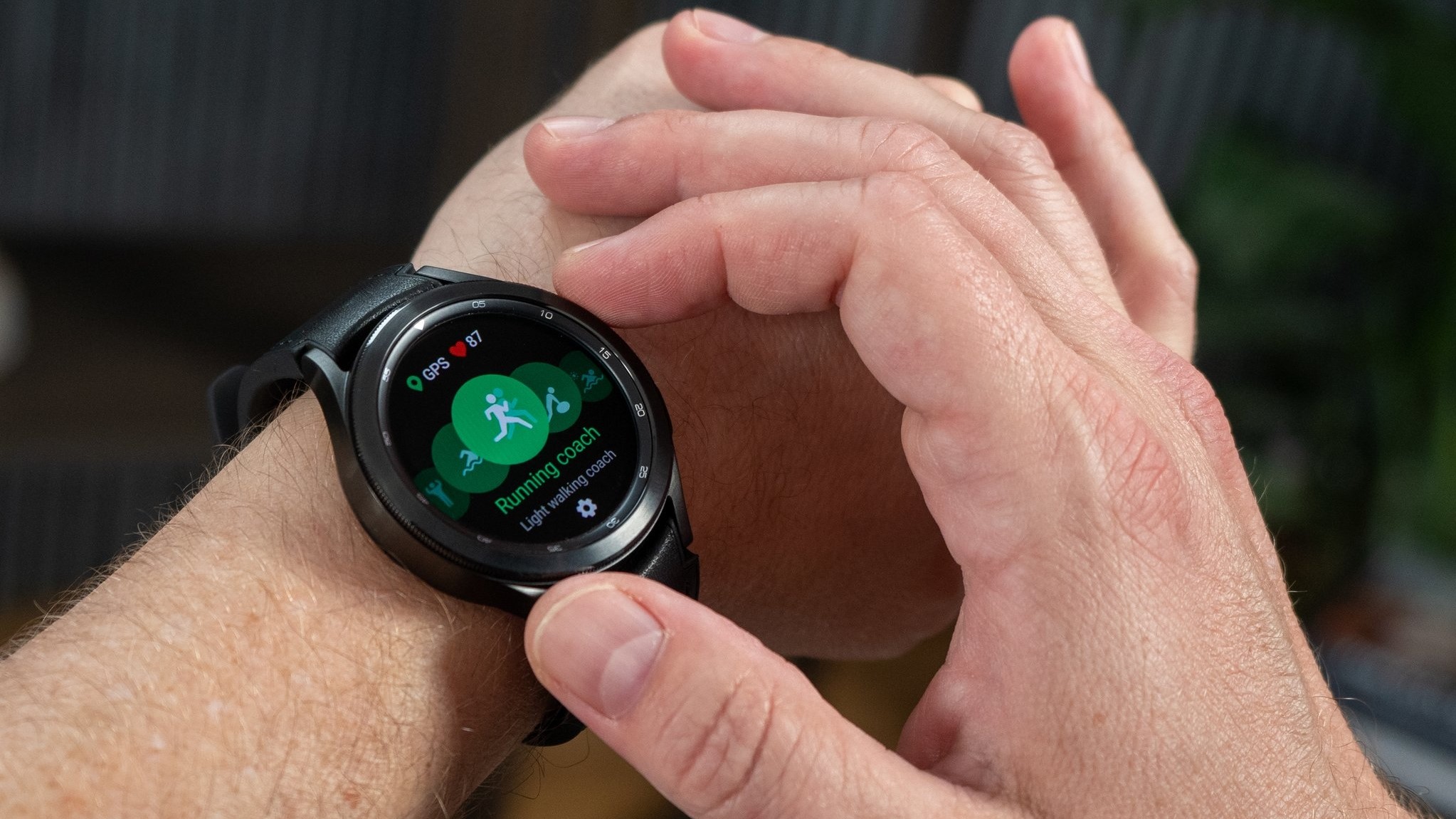
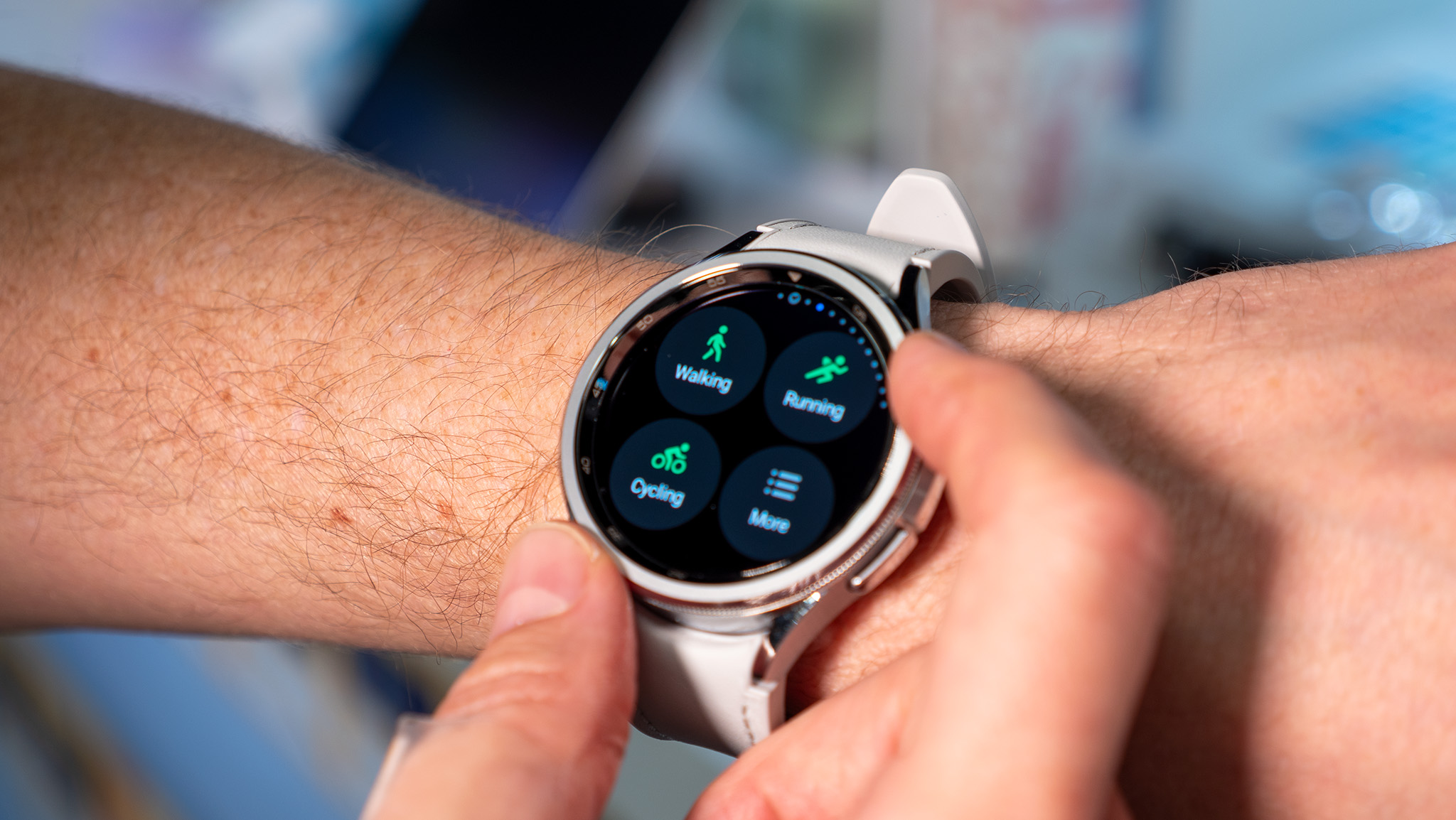
Look at the Galaxy Watch, Watch 3, Watch 4 Classic, and Watch 6 Classic in the slideshow above. Samsung gave each rotating bezel tiny ridges that add grip but don't feel too rough against your fingertips. On my Watch 6 Classic, I appreciated how only the bottom half of the bezel is ridged, so it feels completely smooth to turn when I grip from the top.
Designed with function in mind, these bezels are subtle compared to luxury watches' rotating bezels; those are designed for diving, with thick, striking ridges that aren't as comfortable to turn but make a statement.
The Galaxy Watch 6 Classic lacks the 60-second markings along the border that were present on the Watch 1, 3, and 4 Classic. Samsung attempted to emulate this look with "classic" watch faces, but from the wearer's perspective with the display dimmed, the last Classic appeared somewhat bare-bones, similar to other smartwatches.
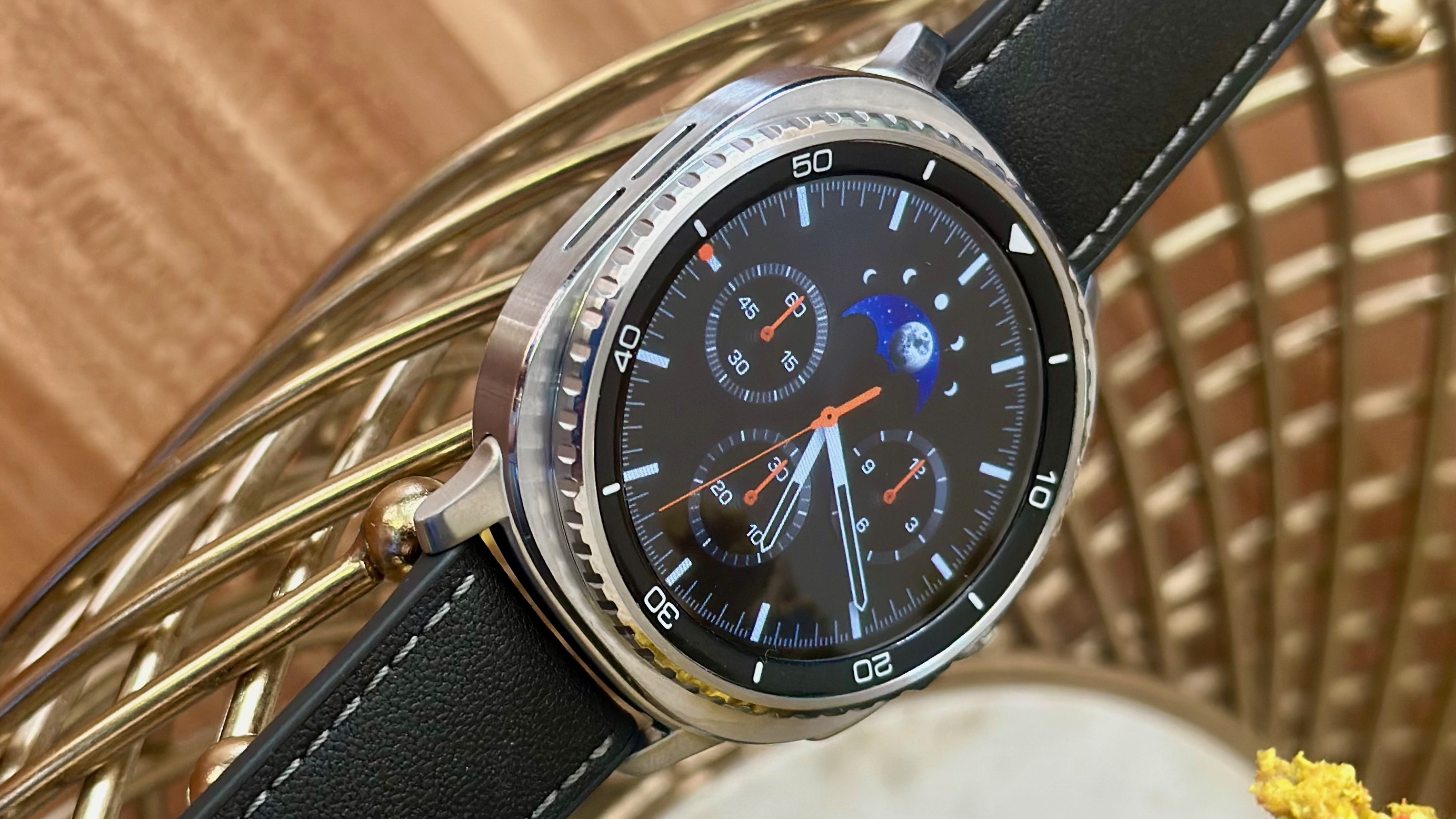
Now look at the Galaxy Watch 8 Classic bezel. Its ridges are deeper and extend to the top, so you get plenty of texture against your fingers every time you turn it. And Samsung brought back the 60-second scale around the display, which gives the Classic a bit of class.
Get the latest news from Android Central, your trusted companion in the world of Android
The problem, of course, is that Samsung sacrificed comfort for style. I wouldn't necessarily call the Watch 8 Classic bezel uncomfortable, but it does press into your fingers as you grip it. I turn it more deliberately than my Watch 6 Classic bezel.
But since people are paying for a distinct look as much as improved controls — and since the bezel balances out the thick, Ultra-esque look of the Watch 8 series — I think the new bezel was the right choice. And since Samsung improved the Watch 8 Tiles to fit more information per Tile, I don't usually need to turn the bezel that much to find what I need.
Why the Galaxy Watch 8 Classic bezel is (or isn't) worth it
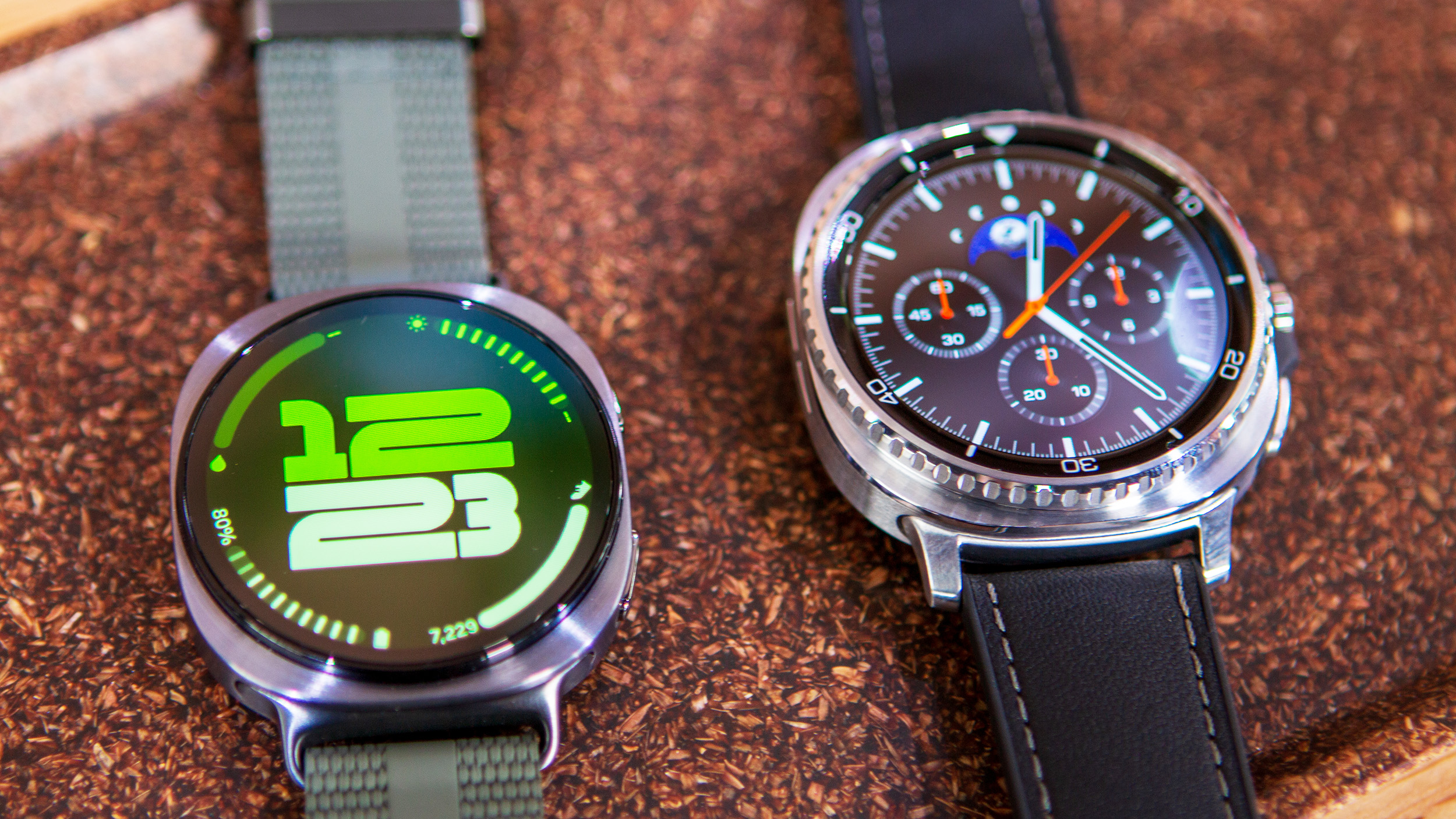
The old Classics cost $100 more than the base models, offering more flair but no new features. Samsung made the Galaxy Watch 8 Classic $150 more, whether because of tariffs or inflation. You get double the storage and the third Quick Button in exchange, but these alone aren't worth the upgrade if you don't like the Classic's whole raison d'être.
Is the physical bezel worth paying extra for? It lets you turn to the exact Tile, notification, or menu you want, with clicks marking each turn that I find satisfying, but others might find annoying.
Galaxy Watches' default digital bezel makes it way too easy to scroll past things, but it's also faster once you master it, and you may prefer a quick single-finger scroll to the two-finger grip the Classic demands. I don't, but you might!
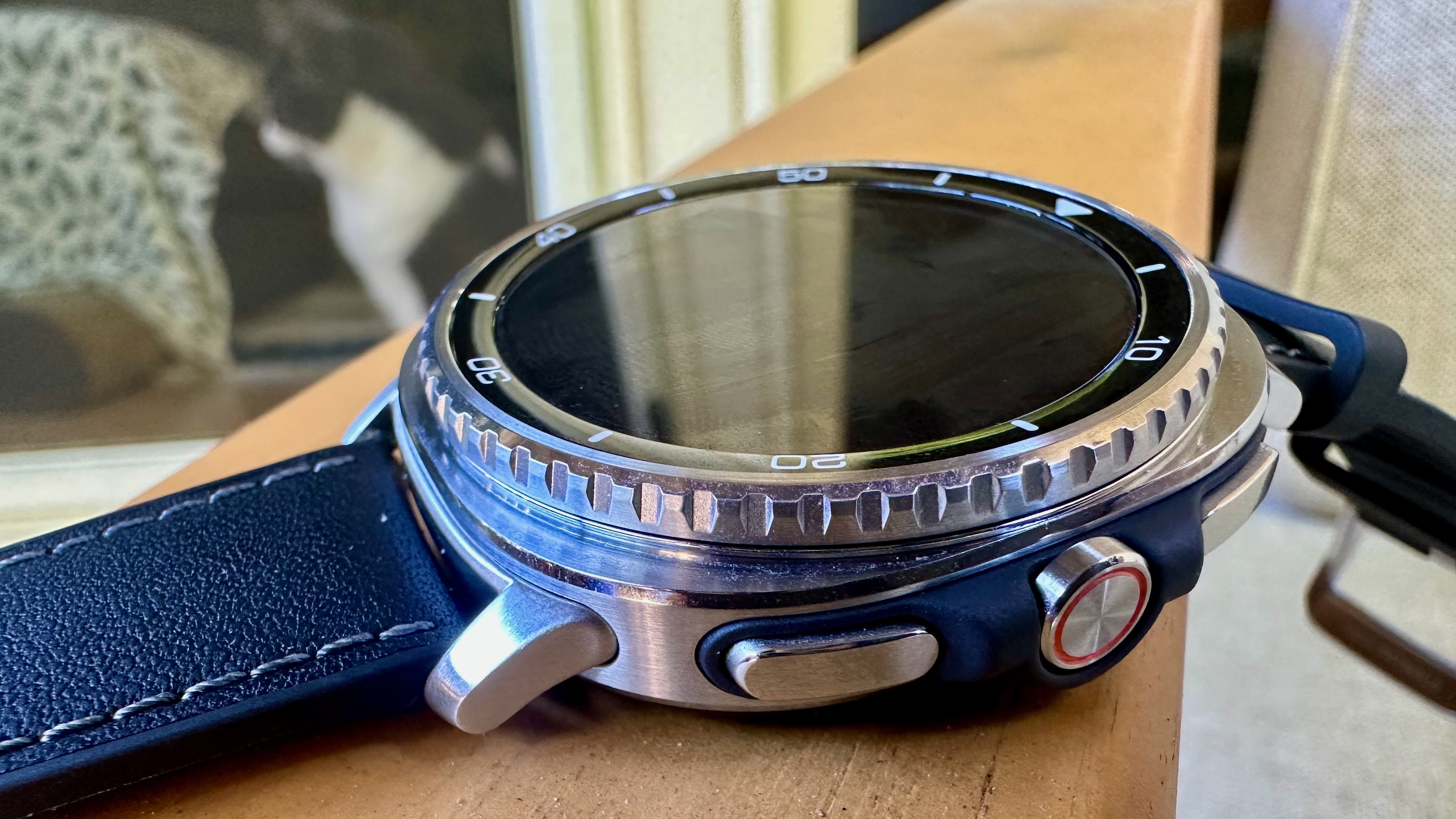
I appreciate how I can check notifications or Tiles with a single scroll, my wrist still sitting on my desk as I type. This might sound small, but not having to tap the display or lift it to my eyes to check something is highly convenient.
If you regularly work out, you'll appreciate the option to scroll through data fields via bezel instead of relying on sweaty finger swipes. But some will accept less exact controls for a lighter Watch 8 fit.
Overall, I much prefer using the Watch 8 Classic to its standard and Ultra siblings for everyday use, and I also think the bezel adds a distinctive look that the other two lack. But this new design only fits a 1.34-inch display, so if you're accustomed to a 1.5-inch display, you'll have to skip the bezel.
If I were upgrading to the Watch 8 series, the Classic would be my first choice, especially with a Watch 6 Classic trade-in. But it won't be for everyone.
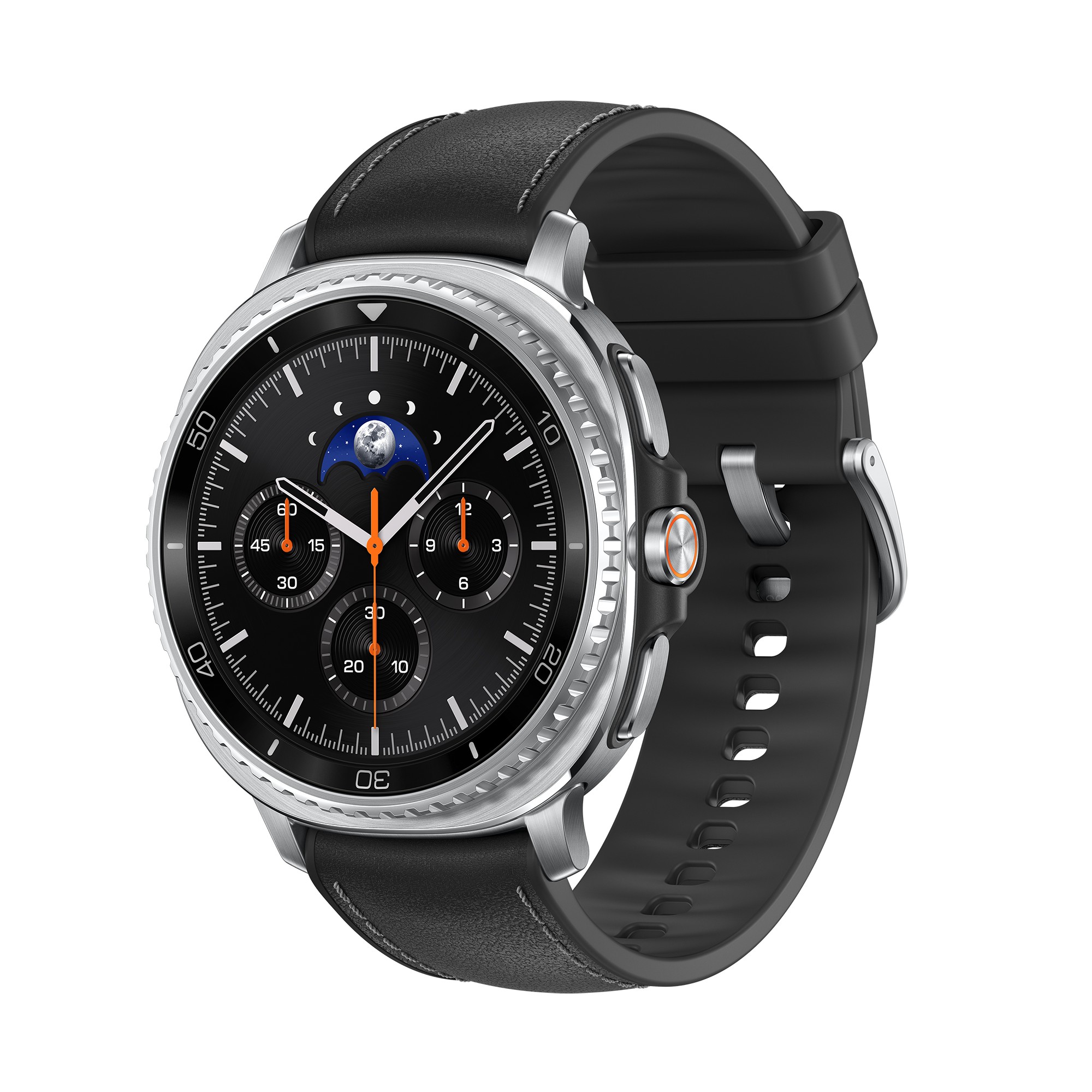
The Samsung Galaxy Watch 8 Classic offers a physical rotating bezel and extra Quick button on top of the core Watch 8 experience: a 3-nanometer Exynos chip with 2GB of RAM, a 3,000-nit display, Gemini on Wear OS, and four years of software updates.

Michael is Android Central's resident expert on wearables and fitness. Before joining Android Central, he freelanced for years at Techradar, Wareable, Windows Central, and Digital Trends. Channeling his love of running, he established himself as an expert on fitness watches, testing and reviewing models from Garmin, Fitbit, Samsung, Apple, COROS, Polar, Amazfit, Suunto, and more.
You must confirm your public display name before commenting
Please logout and then login again, you will then be prompted to enter your display name.
